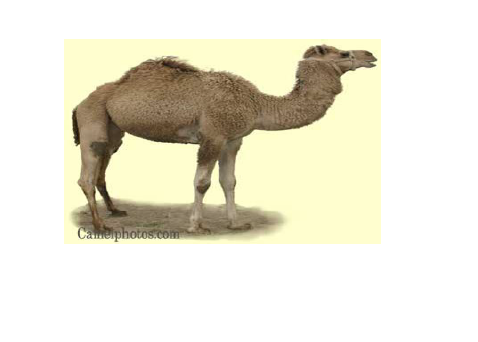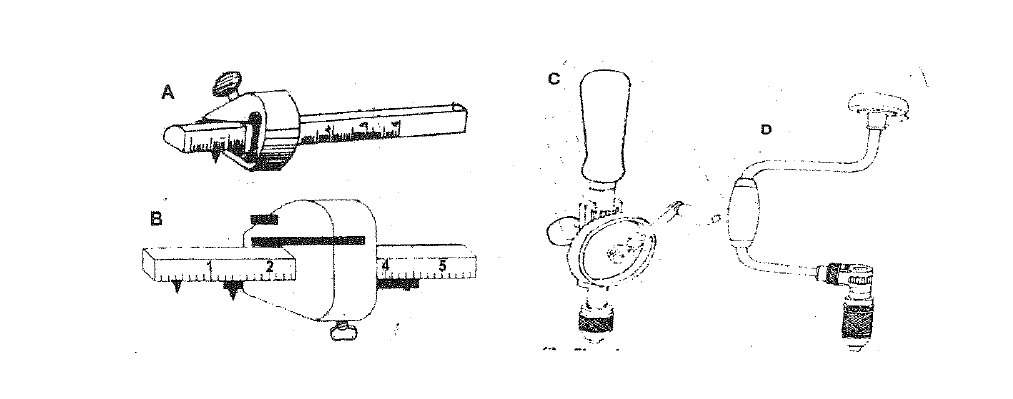
Natural Resource Management (NRM) refers to the sustainable utilization of major natural resources, such as land, water, air, minerals, forests, fisheries, and wild flora and fauna.
Various social dimensions have been used to manage natural resources. They include:
1.Prevent soil erosion by planting trees
This means planting trees and vegetation to control soil erosion by water and wind. Vegetation and trees are vital in maintaining a balanced ecosystem.
2.Using renewable energy resources
Alternative sources of energy, or renewable energy resources, are much eco-friendlier. They don’t produce any harmful greenhouse gases that cause damage to the environment.
3.Rain harvesting
One method of water conservation is harvesting rainwater during rainy seasons. This water is then used during dry seasons. This minimizes usage of water directly from water-bodies.
4. Treat industrial waste and sewage
Industrial and human waste must be treated before release to prevent water pollution
5.Practice simple ways to conserve energy at home
These practices may include turning off lights, fans and air-conditioning when you leave the room. You should also unplug electrical appliances you’re not using. These keep on using very small amounts of electricity when they are plugged in.
6.Recycle and Reuse Plastics
Recycling enforces the re-manufacturing of already used materials. This will reduce the number of waste products, thereby reducing overall pollution.
7. Deforestation should be stopped.
8. Resources from the ecosystem should be used efficiently.
9. Hunting and killing of wild animals should be strictly prohibited.
10. Endangered species and wildlife animals should be protected.
11. Environmental Laws should be strictly implemented and followed.
12. Public awareness on biodiversity conservation and its importance should be developed
Other Dimensions include:
1.Demarcating, gazetting, strengthening, expanding, and consolidating conservation areas.
2.Assessing the impact of natural disturbances and the compound effect of anthropogenic stress.
3.Contol of alien, invasive species.
4.Capacity building for biosafety activities formulated on a case-by-case basis in the context of a specific project responding to country-driven national priorities.
5.Identifying processes and categories of activities which have or are likely to have significant adverse impacts on the conservation of biodiversity.
6.Piloting selected activities that are country-driven national priorities and which develop and test methods and tools, such as rapid biological/ecological/social assessment, geographic information systems, and data analysis systems of importance for the conservation of biodiversity.
7.Demonstrating and applying techniques to conserve biodiversity important to agriculture, such as wild relatives of domesticated plants and animals.
8. Supporting capacity building efforts that promote the preservation and maintenance of indigenous and local communities’ knowledge, innovation, and practices relevant to conservation of biological diversity with their prior informed consent and participation.
9. Incorporating components for targeted research important for biological diversity conservation when relevant to project objectives and consistent with national priorities.
10. Including sustainable use awareness components when relevant to project objectives and consistent with national priorities. integrated rural development on a sustainable basis, e.g. range management may need to involve not only livestock, but also agriculture, infrastructure, marketing, wildlife, and tourism
11. Soil conservation and restoration of degraded areas to conserve biodiversity.
12.Natural resources management activities which emphasize integrated resource use with conservation and development, such as use of water resources and its distribution in order to spread out grazing pressure and prevent vegetation deterioration.
Also ensuring that local communities accept and respect the boundaries of conservation units and the limits imposed on biological resource extraction; scaling up and expanding successful community development activities; encouraging the active participation of local communities, NGOs, and other key stakeholders; and incorporating the knowledge of local and indigenous communities.
0724229776 answered the question on May 13, 2022 at 12:59
-
Explain factors that influence the size of a tree nursery
(Solved)
Explain factors that influence the size of a tree nursery.
Date posted:
September 7, 2021
.
Answers (1)
-
Explain the main functions of Kenya forest service
(Solved)
Explain the main functions of Kenya forest service
Date posted:
September 7, 2021
.
Answers (1)
-
A farmer was advised to apply 40kg of P2O5 per hectare of maize at planting time. He decided to use single super phosphate containing...
(Solved)
A farmer was advised to apply 40kg of P2O5 per hectare of maize at planting time. He decided to use single super phosphate containing 20%P2O5
(a) Calculate the amount of single super phosphate he would have to apply on his two hectare farm.
Date posted:
December 5, 2020
.
Answers (1)
-
List three precautions observed during harvesting of cotton
(Solved)
List three precautions observed during harvesting of cotton.
Date posted:
December 5, 2020
.
Answers (1)
-
State five advantages of budgeting in farm management
(Solved)
State five advantages of budgeting in farm management.
Date posted:
December 5, 2020
.
Answers (1)
-
Explain five problems faced in the marketing milk in Kenya
(Solved)
Explain five problems faced in the marketing milk in Kenya
Date posted:
December 5, 2020
.
Answers (1)
-
Describe five management practices carried out in nappier grass to maximize production
(Solved)
Describe five management practices carried out in nappier grass to maximize production.
Date posted:
December 5, 2020
.
Answers (1)
-
Explain five ways in which draining marshy land encourage crop growth.
(Solved)
Explain five ways in which draining marshy land encourage crop growth.
Date posted:
December 5, 2020
.
Answers (1)
-
Describe six factors that determine the stage of harvesting crops
(Solved)
Describe six factors that determine the stage of harvesting crops.
Date posted:
December 5, 2020
.
Answers (1)
-
Describe production of carrots under the following subheadings. (i) Planting.(ii) Field management
(Solved)
Describe production of carrots under the following subheadings.
Date posted:
December 5, 2020
.
Answers (1)
-
A tissue, of a tobacco plant, infected with Tobacco Mosaic Virus(TMV) was used to obtain a new plant. Identify the technique used and reason out...
(Solved)
A tissue, of a tobacco plant, infected with Tobacco Mosaic Virus(TMV) was used to obtain a new plant. Identify the technique used and reason out the possibility of obtaining a new healthy plant.
Date posted:
April 5, 2020
.
Answers (1)
-
Describe the process of digestion in the following sections in the alimentary canal of a none ruminant.
(Solved)
Describe the process of digestion in the following sections in the alimentary canal of a none ruminant.
i. Mouth
ii. Stomach
iii. Small intestine
iv. Caecum
Date posted:
November 12, 2019
.
Answers (1)
-
The diagram below is an illustration of a camel . Study it and answer the questions that follow.
(Solved)
The diagram below is an illustration of a camel . Study it and answer the questions that follow.

i.Using the letter L indicate on the animal where the load is placed on the camel.
ii.Name two products a farmer would obtain from the camel illustrated above.
Date posted:
November 12, 2019
.
Answers (1)
-
Below are tools used on the farm. Study them and answer the questions that follow.
(Solved)
Below are tools used on the farm. Study them and answer the questions that follow.

a) Give the identity of each tools above.
A......
B......
C......
D......
b) State the observable differences between tool A and B
c) State the functional difference between tool C and D.
d. State any two precaution that should be taken into account when using the above tools.
Date posted:
November 12, 2019
.
Answers (1)
-
The diagram below shows a type of a farm gate. Study the diagram and answer the questions that follow.
(Solved)
The diagram below shows a type of a farm gate. Study the diagram and answer the questions that follow.

a) Identify the type of gate shown
b) Name the parts labeled C, D and E.
c) i)State one function of the part labeled F.
ii)State two functions of the structure illustrated above.
Date posted:
November 12, 2019
.
Answers (1)
-
The illustration below represents equipment used in poultry production. Study it carefully and answer the questions that follow.
(Solved)
The illustration below represents equipment used in poultry production. Study it carefully and answer the questions that follow.

a)Identify the equipment
b)Name the parts labeled A, B and C
c)What is the function of the parts labeled A, B and C
d) Why is it important to turn the eggs around 180
every 6 – 8 hrs?
Date posted:
November 12, 2019
.
Answers (1)
-
State four desirable qualities of whole milk.
(Solved)
State four desirable qualities of whole milk.
Date posted:
November 12, 2019
.
Answers (1)
-
Give two reasons for raising rabbits hatch above the general level.
(Solved)
Give two reasons for raising rabbits hatch above the general level.
Date posted:
November 11, 2019
.
Answers (1)
-
State three reasons for de-beaking birds in poultry.
(Solved)
State three reasons for de-beaking birds in poultry.
Date posted:
November 11, 2019
.
Answers (1)
-
State four qualities of a good honey
(Solved)
State four qualities of a good honey
Date posted:
November 11, 2019
.
Answers (1)